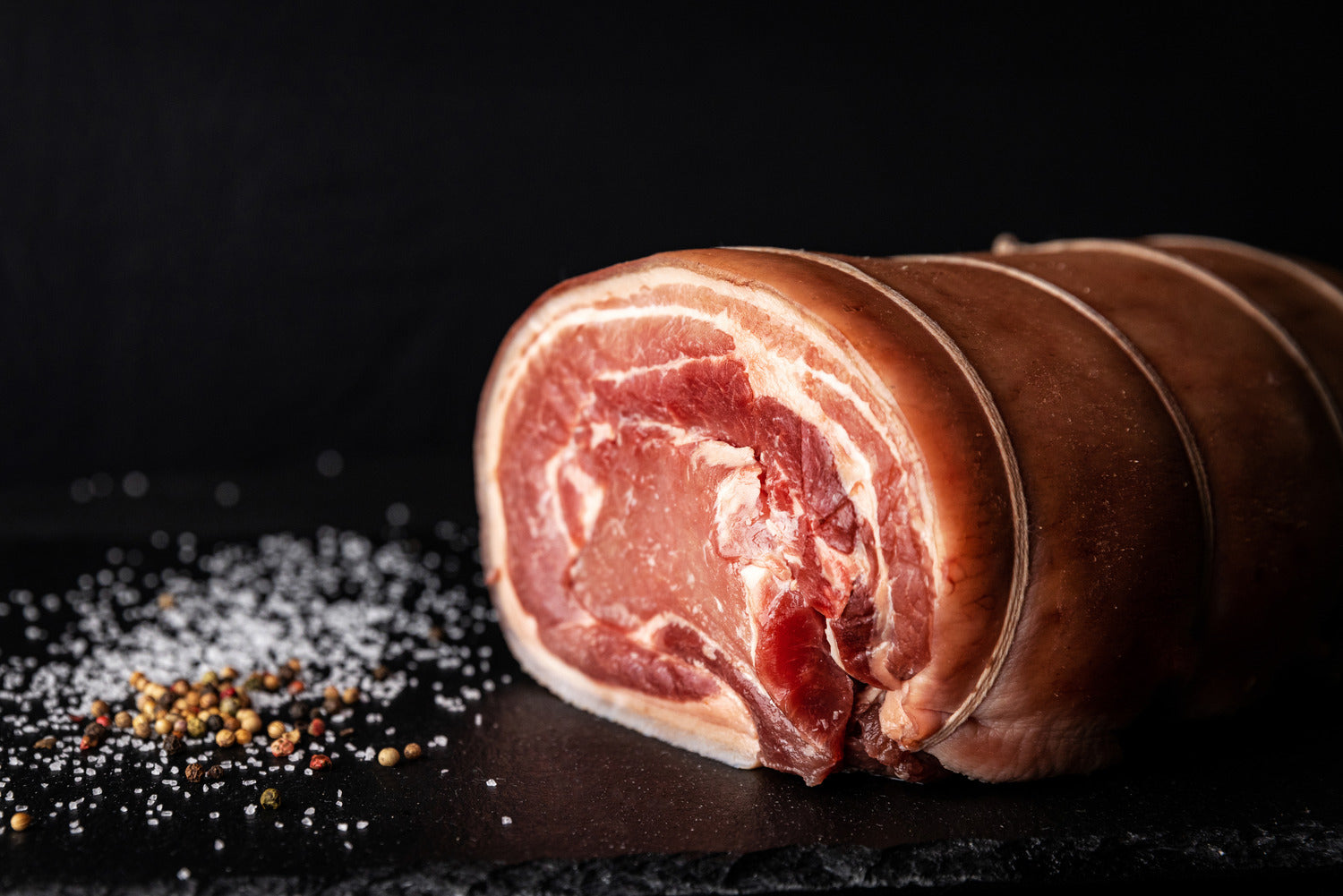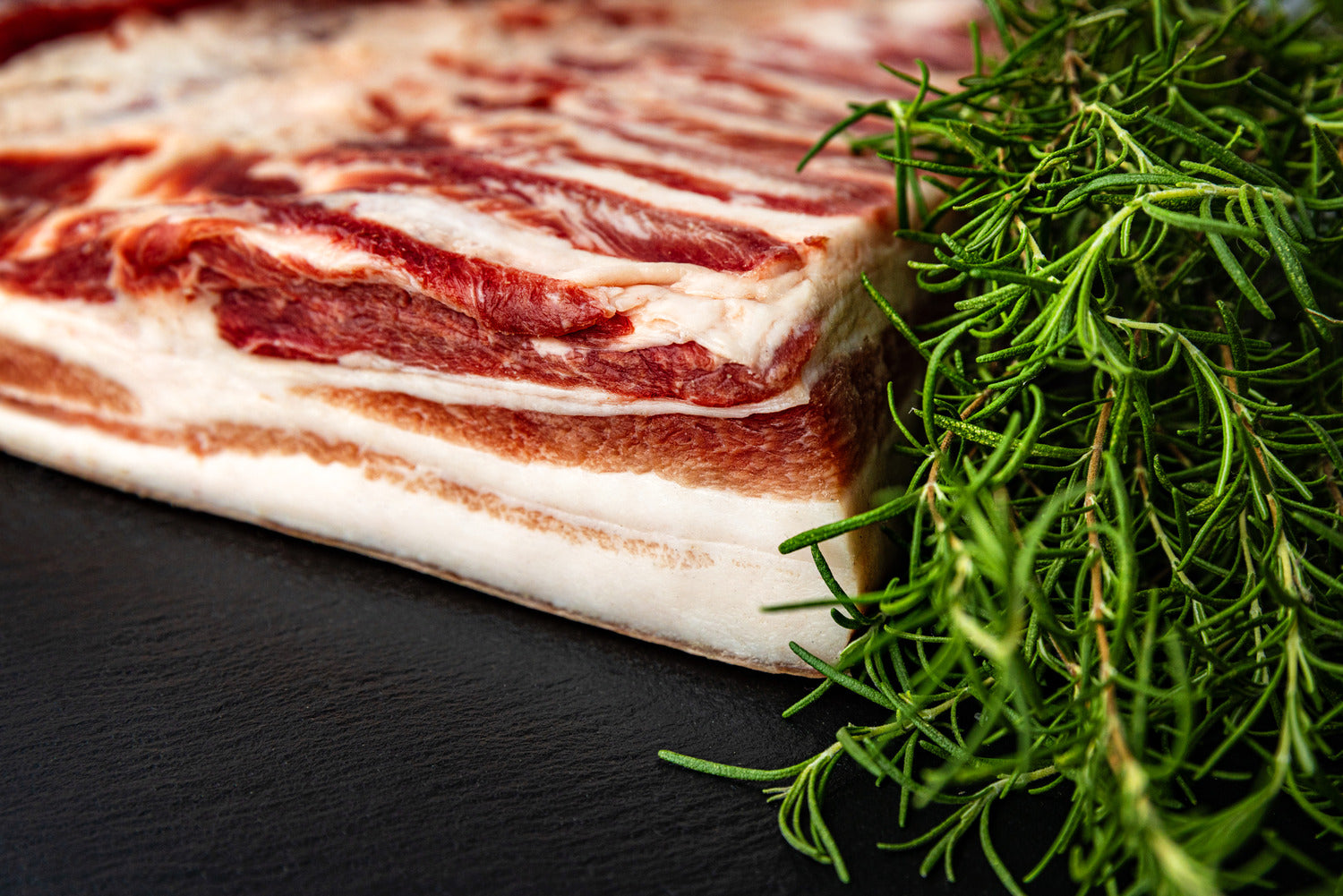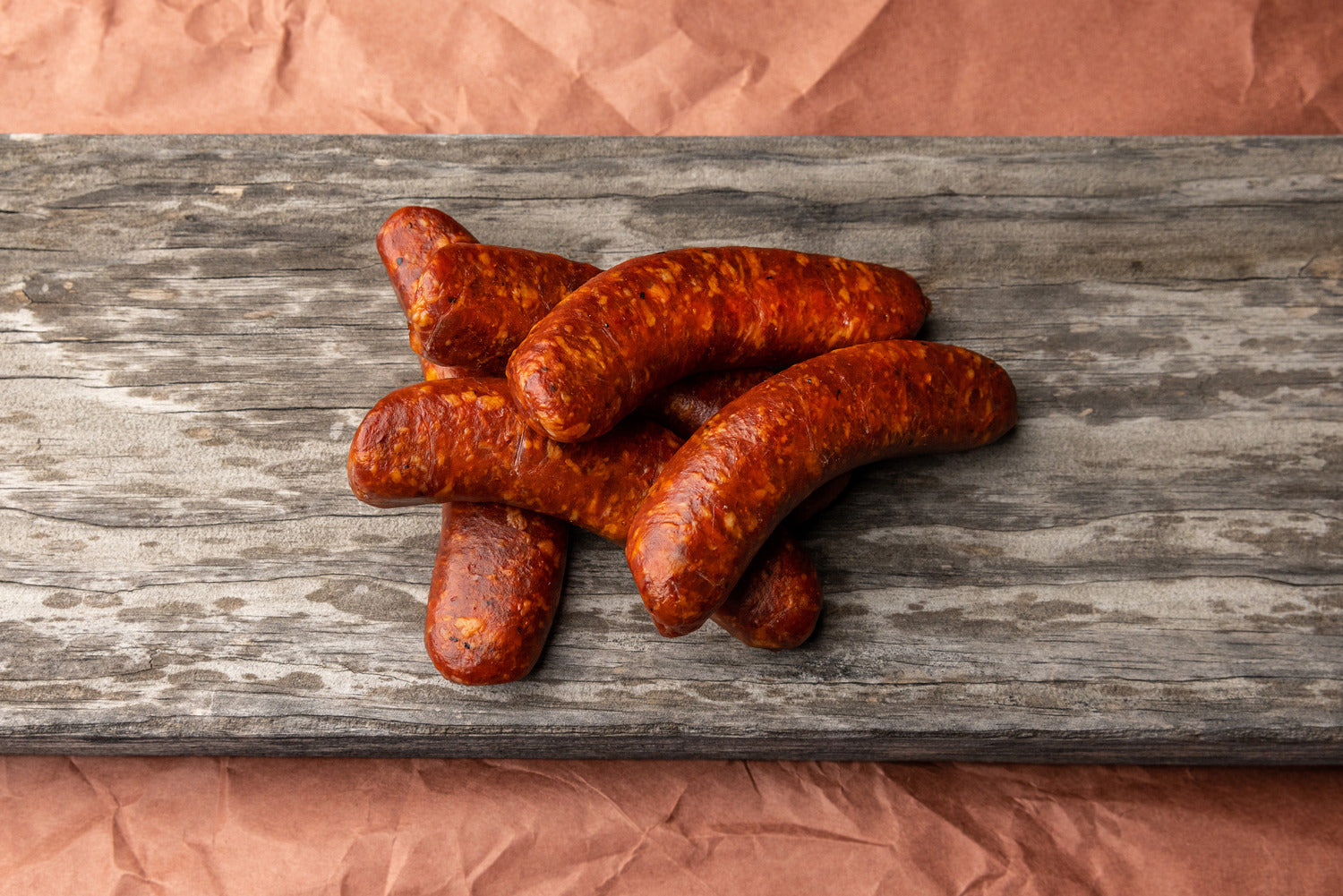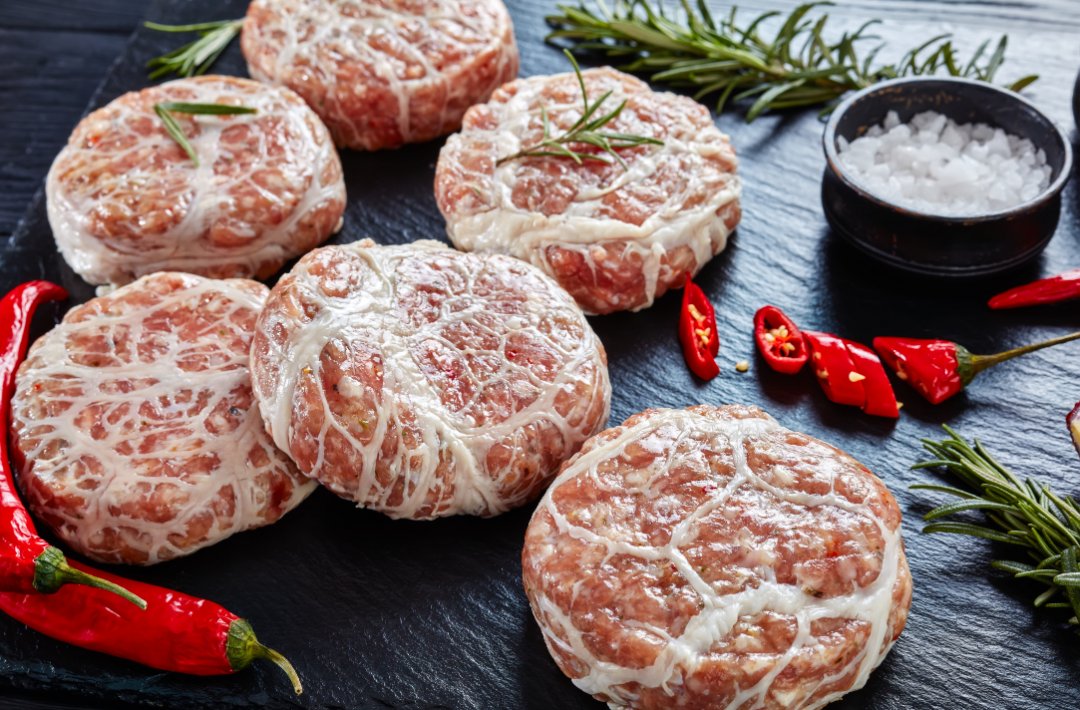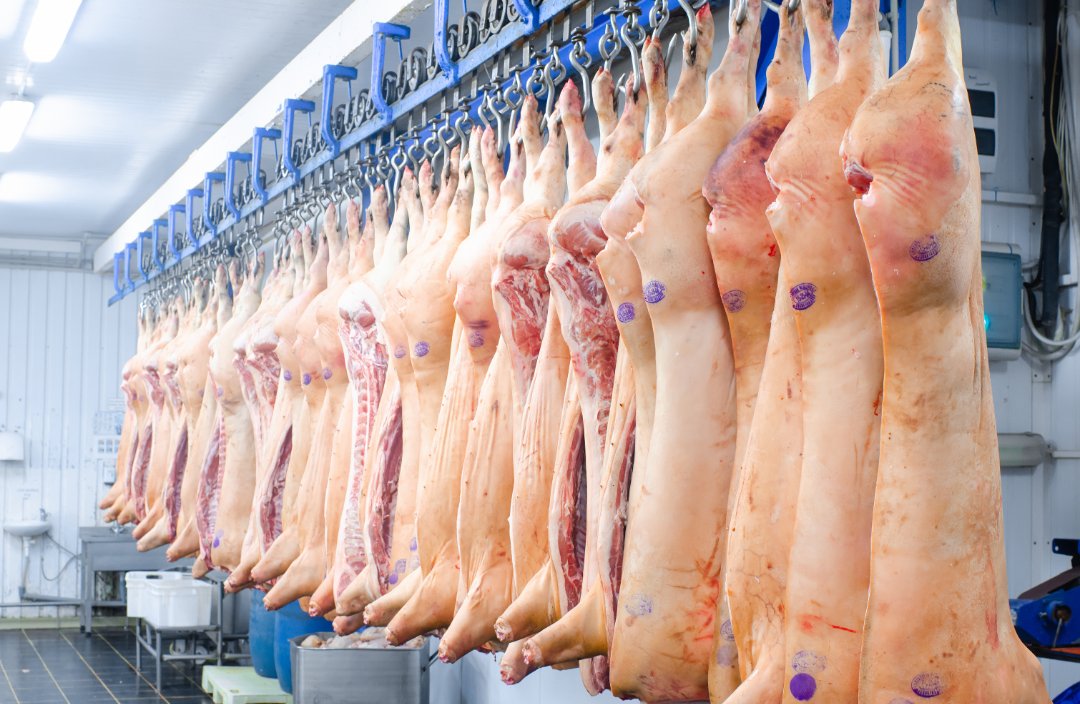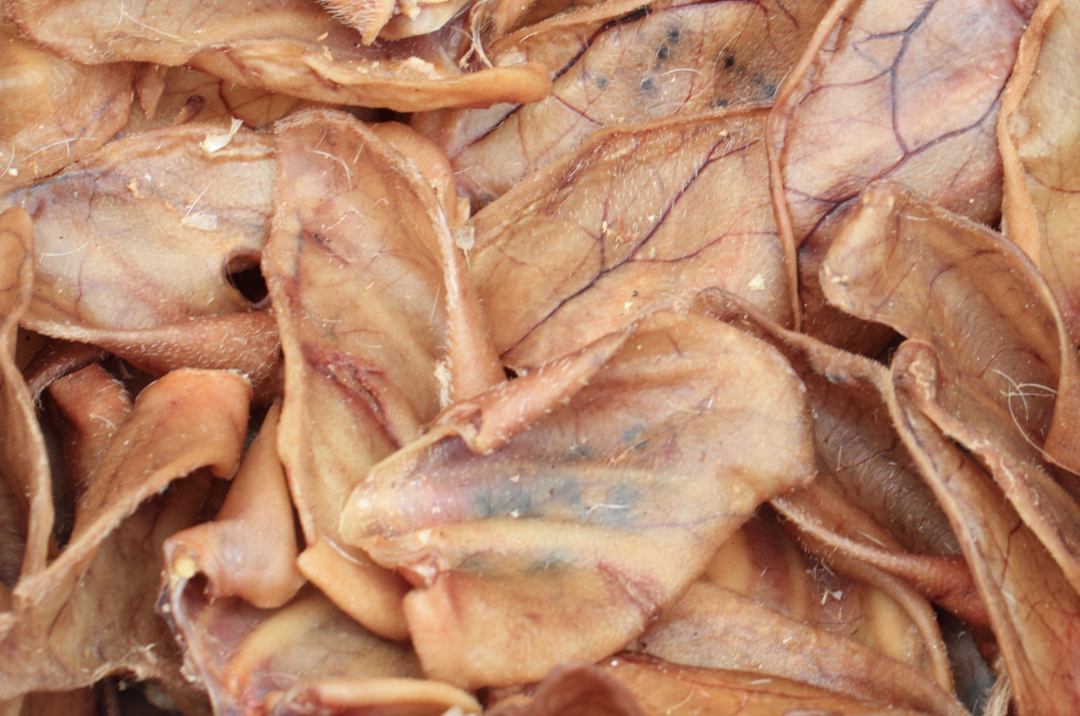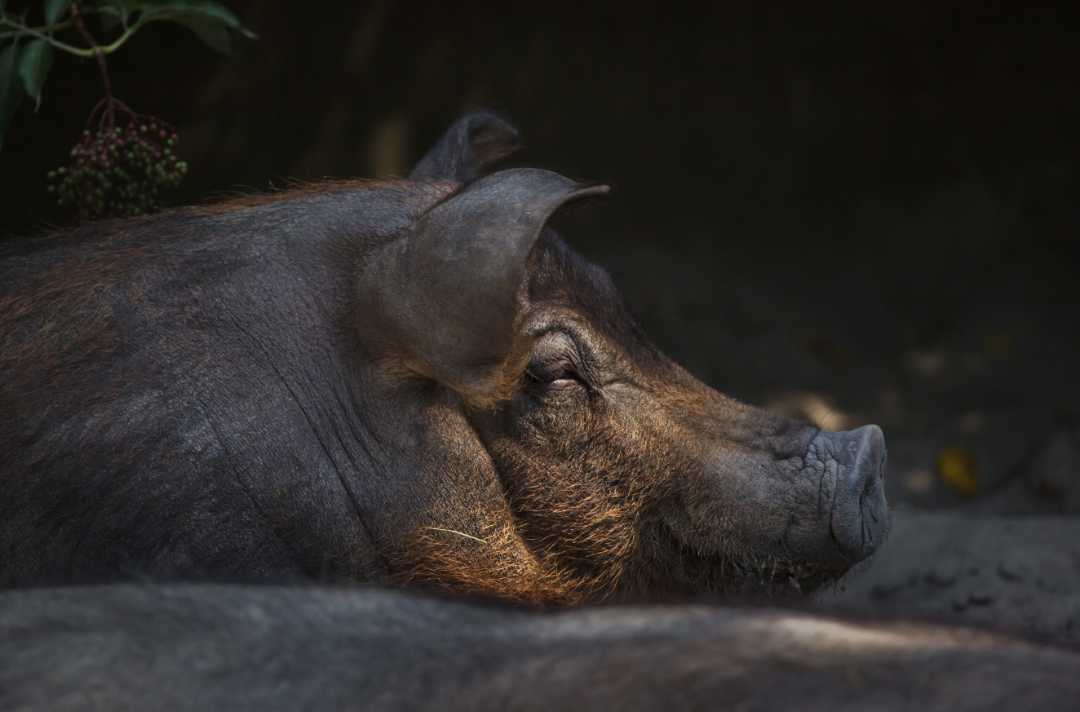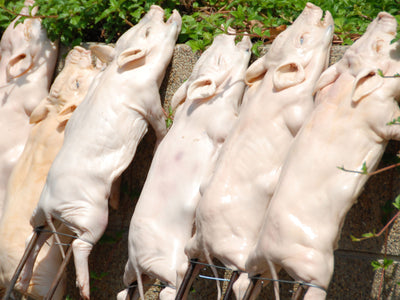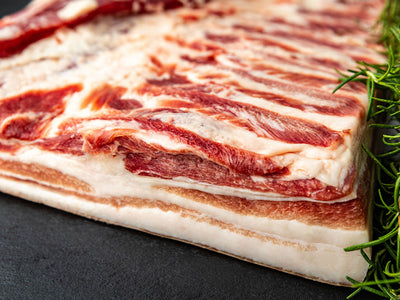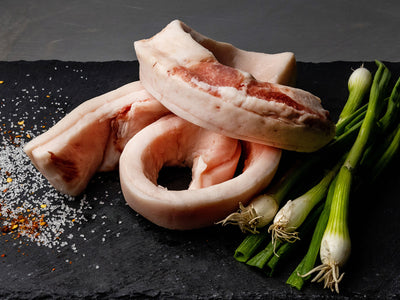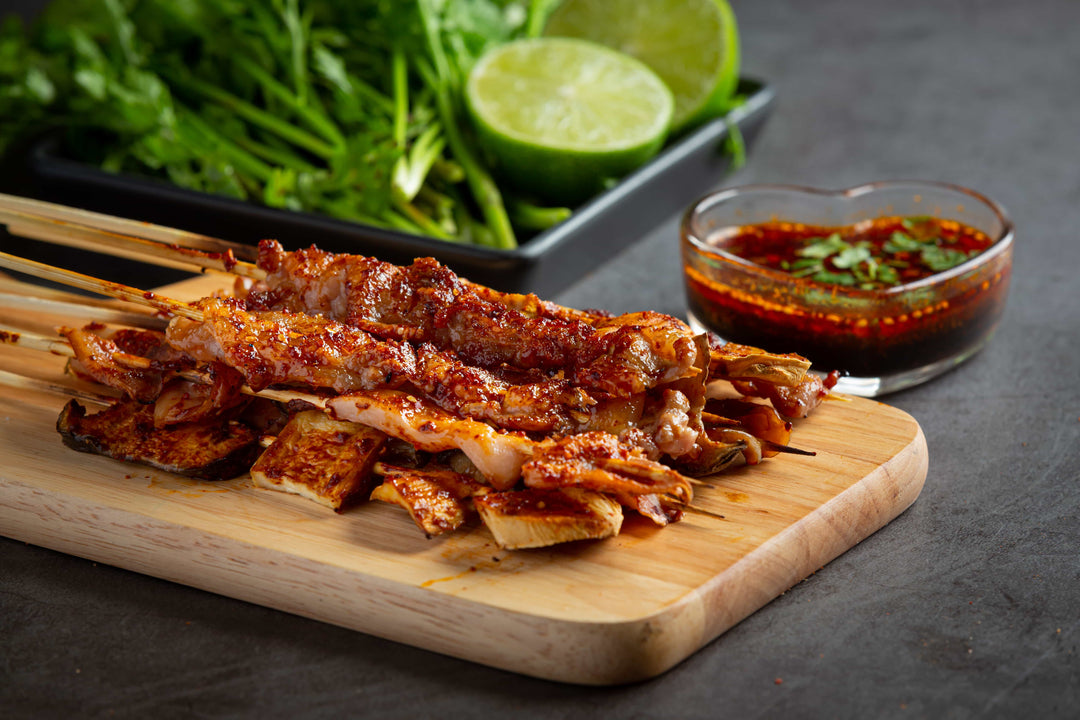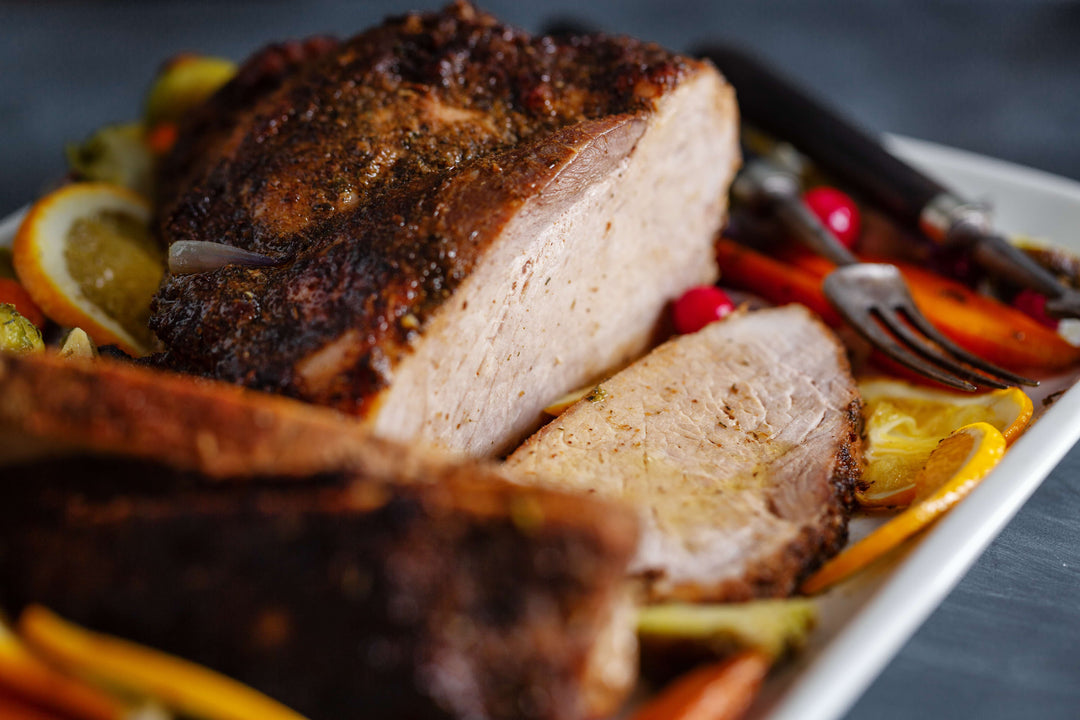Table of Content
- Step-by-Step Guide for Cooking Pulled Pork
- Choosing the Right Cut of Meat
- Preparing the Pork for Cooking
- Cooking the Pulled Pork
- Shredding the Pulled Pork
- Serving Your Pulled Pork
- Storing and Reheating Leftovers
- Tips for Perfect Pulled Pork Every Time
- Conclusion
Pulled pork is one of those magical dishes that brings people together. It is juicy, tender, and packed with a smoky flavor. But did you know that the secret to the best-pulled pork often lies not in fancy grills or complicated pulled pork recipes but right inside your slow cooker? That’s right. Slow-cooker pulled pork transforms a tough cut of meat into a succulent feast with minimal effort on your part. This method is a game-changer for juggling busy days or planning a family BBQ.
Why bother with slow cooking? Because it lets you walk away from the kitchen and return to a mouthwatering meal. Plus, slow cooking breaks down tough fibers in pork shoulder, leaving you with meat so tender it melts in your mouth. Whether for a cozy family dinner or a big party, slow cooker pulled pork is the perfect answer.
Step-by-Step Guide for Cooking Pulled Pork
1. Choosing the Right Cut of Meat
Pork Shoulder vs. Pork Butt
If you’re wondering which cut to pick, here’s the lowdown. Pork shoulder and pork butt both work beautifully for pulled pork. They’re parts of the same primal cut but differ slightly in texture and fat content. Pork shoulder usually has more connective tissue and marbling, which is excellent for slow cooking since the fat melts and bastes the meat from within.
Selecting the Best Pork
When choosing your pork, look for pieces with good marbling. Those streaks of fat weaving through the meat. This fat is essential for flavor and juiciness. Avoid cuts that look too lean. They’ll dry out during cooking. As a rule of thumb, plan for about one pound of pork per person if you want generous servings.
Debunking Common Myths
Many people get confused between pork butt and shoulder. Both are ideal, but pork shoulder often edges out for pulled pork because of its fat content and texture. Don’t stress too much, though. Either will deliver fantastic results when slow-cooked properly.
2. Preparing the Pork for Cooking
Trimming the Pork
I often get the question: Should you trim off the fat? The answer isn’t straightforward. Some fat is crucial. It keeps the meat moist and adds flavor. But you want to remove large chunks of excess fat that won’t go down. Leaving a thin “fat cap” on top is smart. It acts like a natural baster during cooking.
Seasoning the Pork
Seasoning is where the fun starts. A simple dry rub can do wonders. Think brown sugar, paprika, garlic powder, salt, and pepper. These ingredients balance sweet, smoky, and savory notes that complement the pork’s richness. Rub it in generously and evenly across the entire surface.
Binder Options
You can use mustard, olive oil, or even vinegar as a binder for extra flavor. These help the rub stick better and deepen the seasoning’s reach into the meat. Feeling adventurous? Insinuate marinades directly into the meat for an even more intense flavor boost.
Resting the Pork
Before you toss that pork in the slow cooker, let it rest at room temperature for 20 to 30 minutes. This little step allows the seasoning to soak in and gives the meat a head start on even cooking.
3. Cooking the Pulled Pork
Setting Up the Slow Cooker
Deciding between low and high settings depends on your schedule. Low for about 8 hours is ideal, allowing flavors to develop fully and the meat to become fall-apart tender. High for 4-5 hours works in a pinch, but risks drying the meat if you’re not careful.
Ensure the pork fits comfortably in the slow cooker without crowding, which can cause uneven cooking.
Adding Liquid to the Slow Cooker
Adding liquid is essential, but it doesn’t mean soaking the meat. Just enough to cover the slow cooker’s bottom, typically 1/2 to 1 cup. It is perfect. Apple cider vinegar adds a tangy kick, chicken broth keeps it savory, and beer can introduce a subtle depth.
This liquid creates steam inside the cooker, keeping the pork moist throughout the cooking process.
Cooking Time
Cooking your pork shoulder low and slow, about 8 hours on low or 4-5 hours on high, will render the meat tender. The internal temperature should hit between 190°F and 205°F to be ready for shredding.
Avoiding Overcooking
Look for signs like meat that easily pulls apart and feels fork-tender. If the pork is stringy or dry, it’s likely been overcooked or didn’t have enough fat to keep it moist. If undercooked, it’ll resist shredding.
4. Shredding the Pulled Pork
Resting After Cooking
Once the pork is done, don’t rush to shred. Let it rest for 10-15 minutes to allow the juices to redistribute, keeping the meat juicy.
Shredding Techniques
Grab two forks or shredding claws and pull the meat apart along the grain. Don’t worry about perfect chunks. Rustic, uneven pieces are what give pulled pork its charm.
Mixing some cooking liquid into the shredded pork adds moisture and extra flavor.
5. Serving Your Pulled Pork
Serving Suggestions
Pulled pork shines as a sandwich filling topped with crunchy coleslaw, but it’s also fantastic over rice, in tacos, or spooned onto baked potatoes.
Choosing the Right BBQ Sauce
Selecting the right sauce depends on your flavor mood: sweet, tangy, spicy, or vinegar-based. Homemade BBQ sauce lets you tailor flavors precisely, but store-bought varieties work great, too.
Side Dish Pairings
Pulled pork pairs beautifully with classic sides like cornbread, potato salad, baked beans, or a crisp green salad to balance the richness.
6. Storing and Reheating Leftovers
Storing Pulled Pork
Store leftover pulled pork in airtight containers in the fridge for 3-4 days or freeze for up to 3 months. Cool the pork completely before sealing to avoid condensation and spoilage.
Reheating Tips
To reheat without drying out, warm gently on the stovetop or in the oven with a splash of cooking liquid or sauce. The microwave works, too. Just cover the pork and heat it in short bursts to retain moisture.
7. Tips for Perfect Pulled Pork Every Time
Flavor Variations
Feel free to experiment with the pulled pork recipes in the slow cooker! Add chili flakes or cayenne for heat, or try smoked paprika and cumin for a smoky twist. Adjust rubs and sauces to find your signature style.
Troubleshooting Common Issues
If the pork turns out dry, add more fat next time or reduce the cooking time slightly. Too greasy? Trim fat before cooking. And if the seasoning feels off, add more rub or sauce after cooking to balance the flavors.
Conclusion
Slow cooker pulled pork is a delicious, effortless way to bring BBQ magic to your table. With just a few simple steps. Choosing the right cut, seasoning, slow cooking, and shredding. You can enjoy melt-in-your-mouth pork, perfect for any occasion. Don’t be afraid to customize rubs and sauces to your liking, and share this hearty dish with friends and family.
Ready to impress with the ultimate pulled pork? Your slow cooker is waiting.
Visit Red Field Ranch today to schedule a tour or get more info. Your new home awaits!
Frequently Asked Questions
Pork loin is leaner and cooks faster, so it’s not ideal for pulled pork. It can dry out and won’t shred as tenderly as pork shoulder or butt.
No worries! A dry rub applied 20-30 minutes before cooking still adds great flavor without marinating for hours.
Adding a bit of liquid creates steam and keeps the pork moist. Without liquid, the meat risks drying out.
Adjust your rub and sauce: add chili flakes or cayenne for heat, or use milder spices and a sweeter sauce to tone it down.
Yes, but thawing first is recommended for even cooking. Cooking from frozen can increase cooking time and affect texture.

